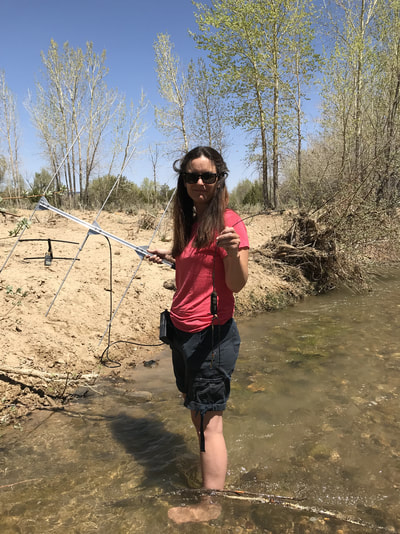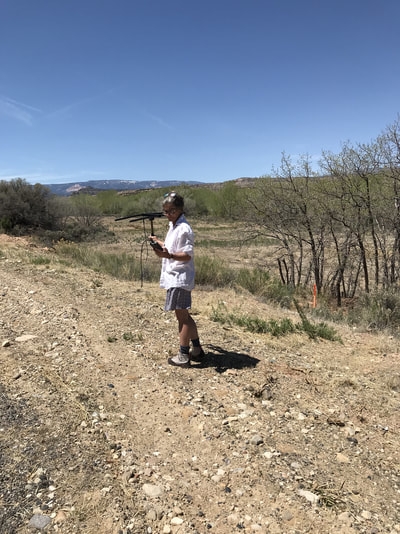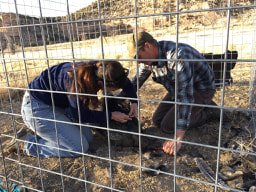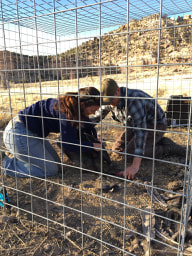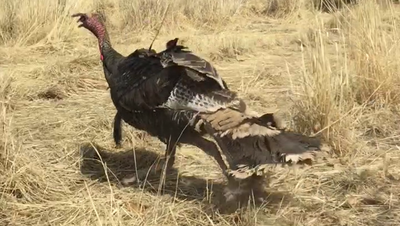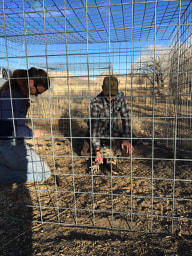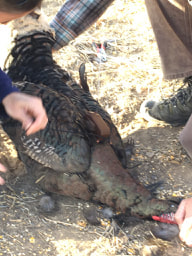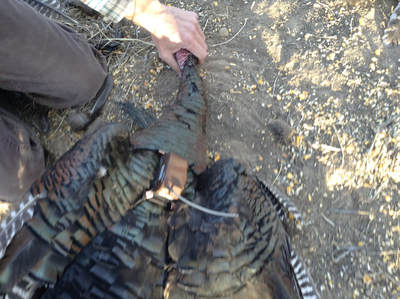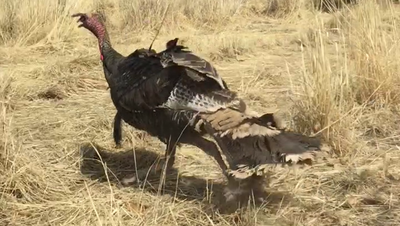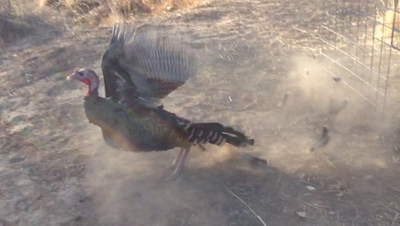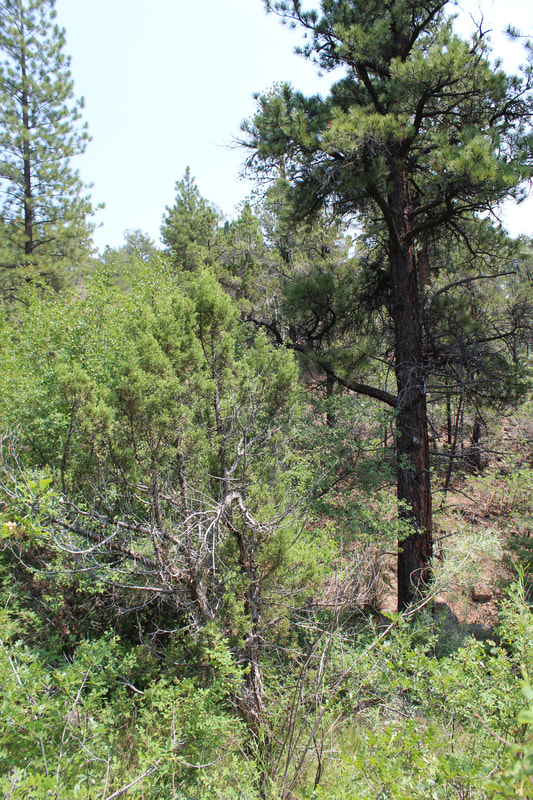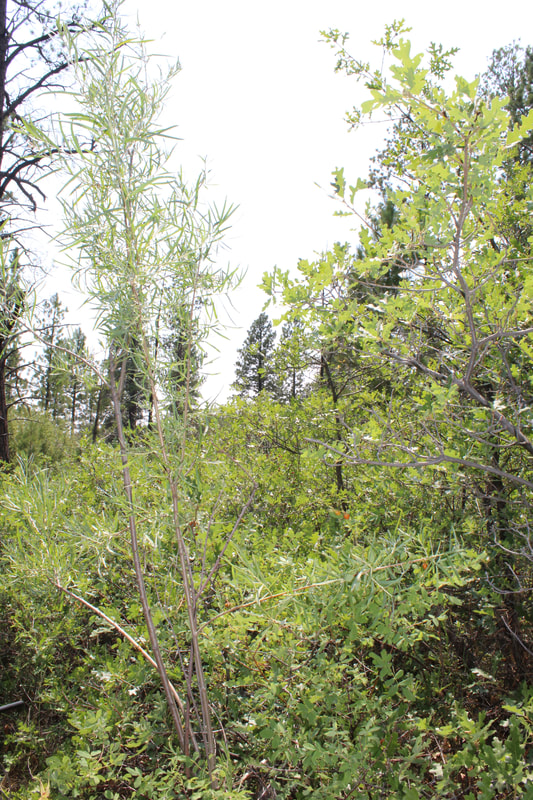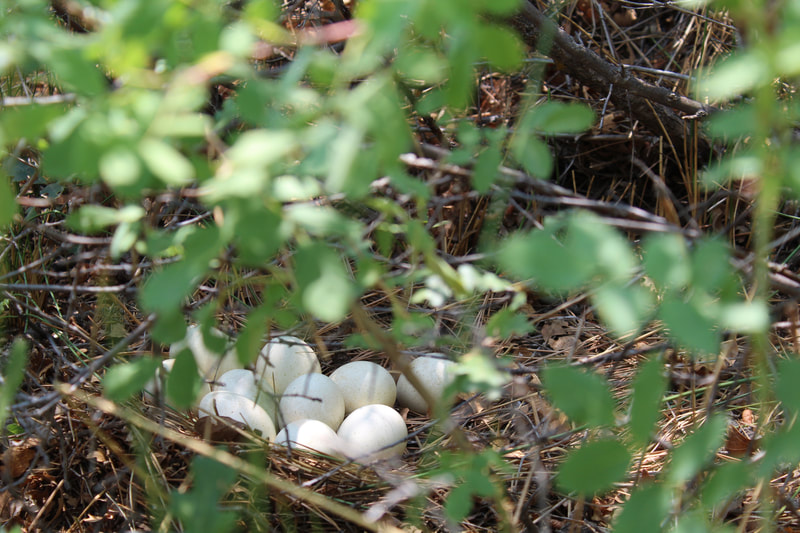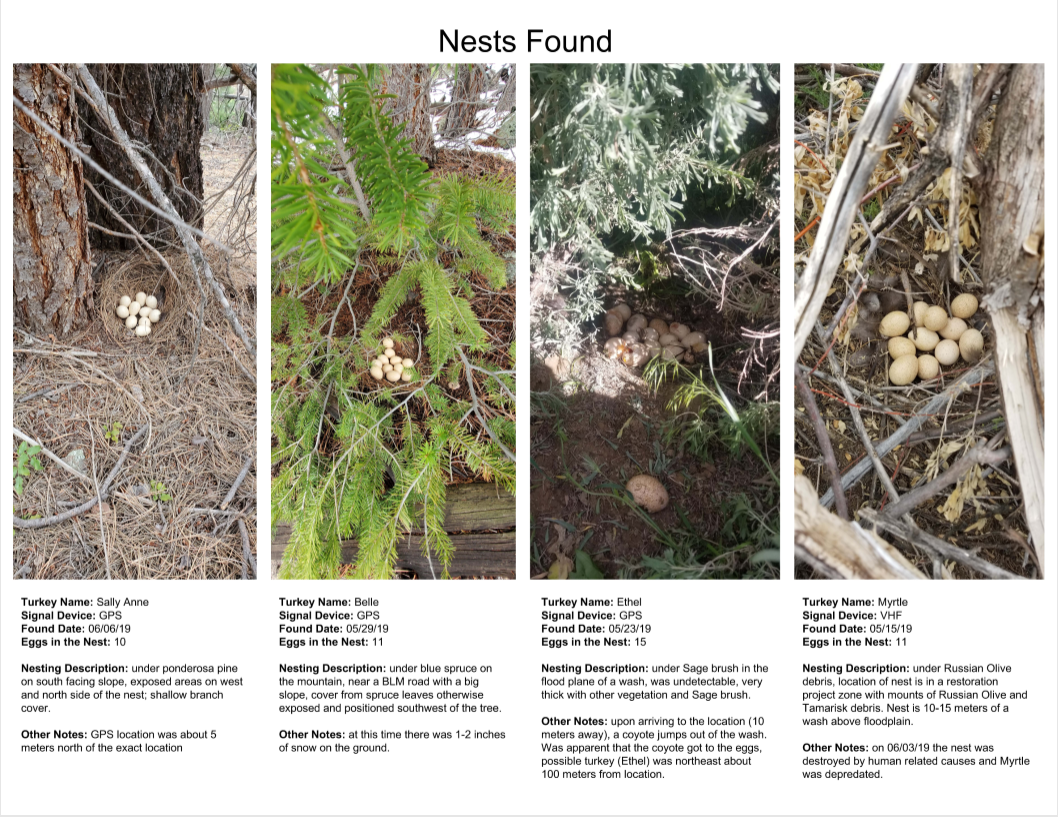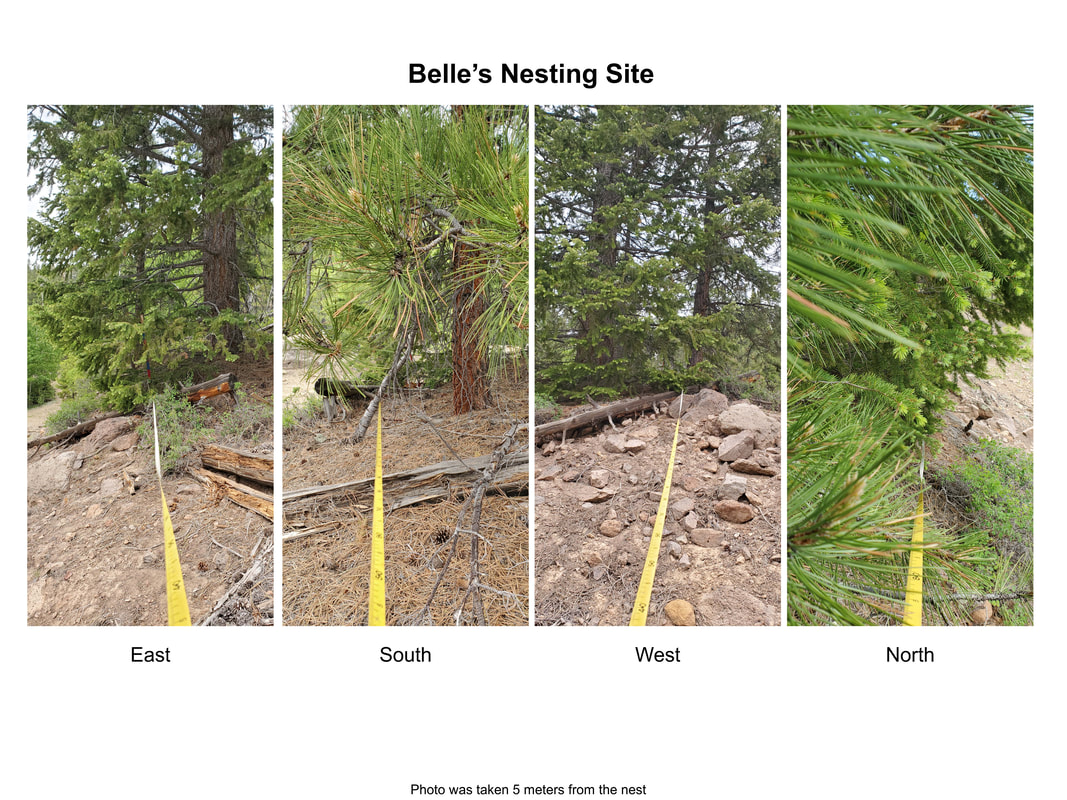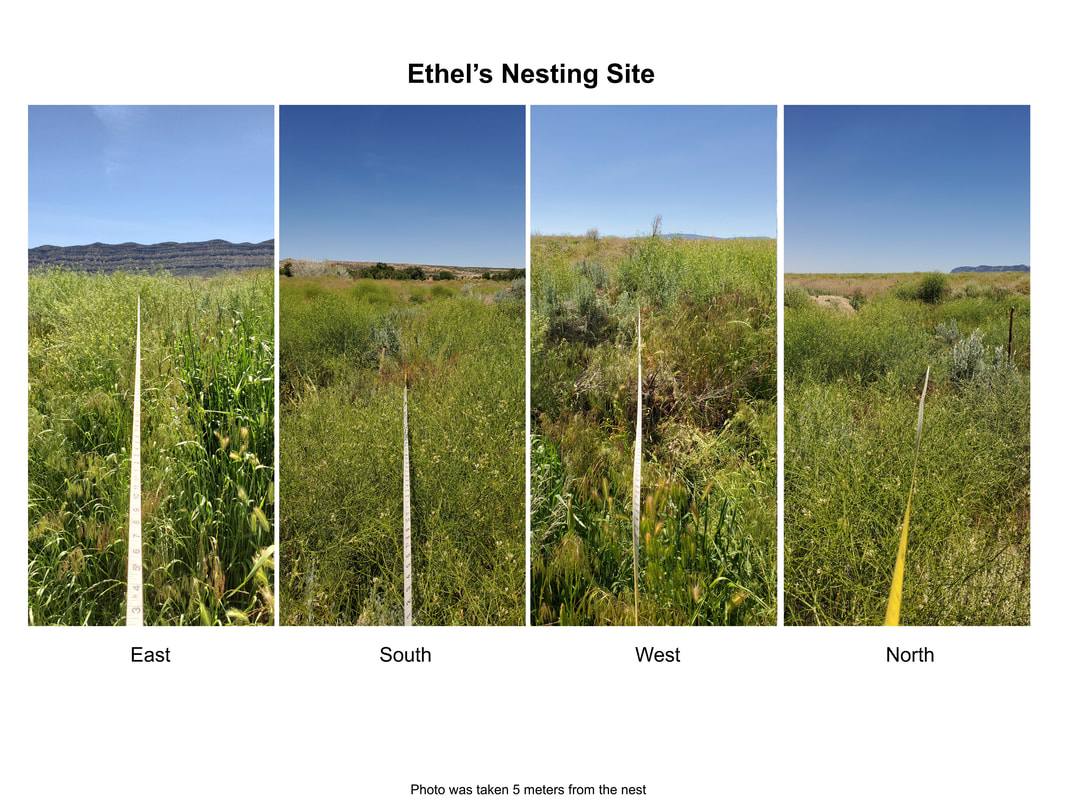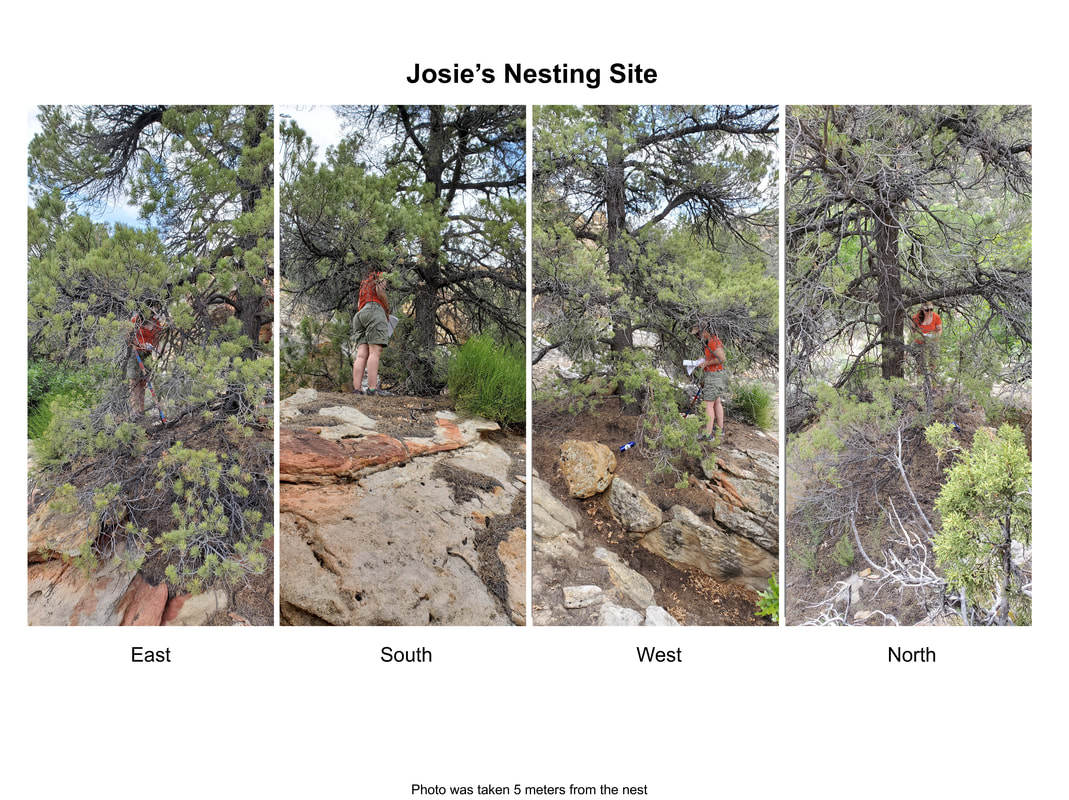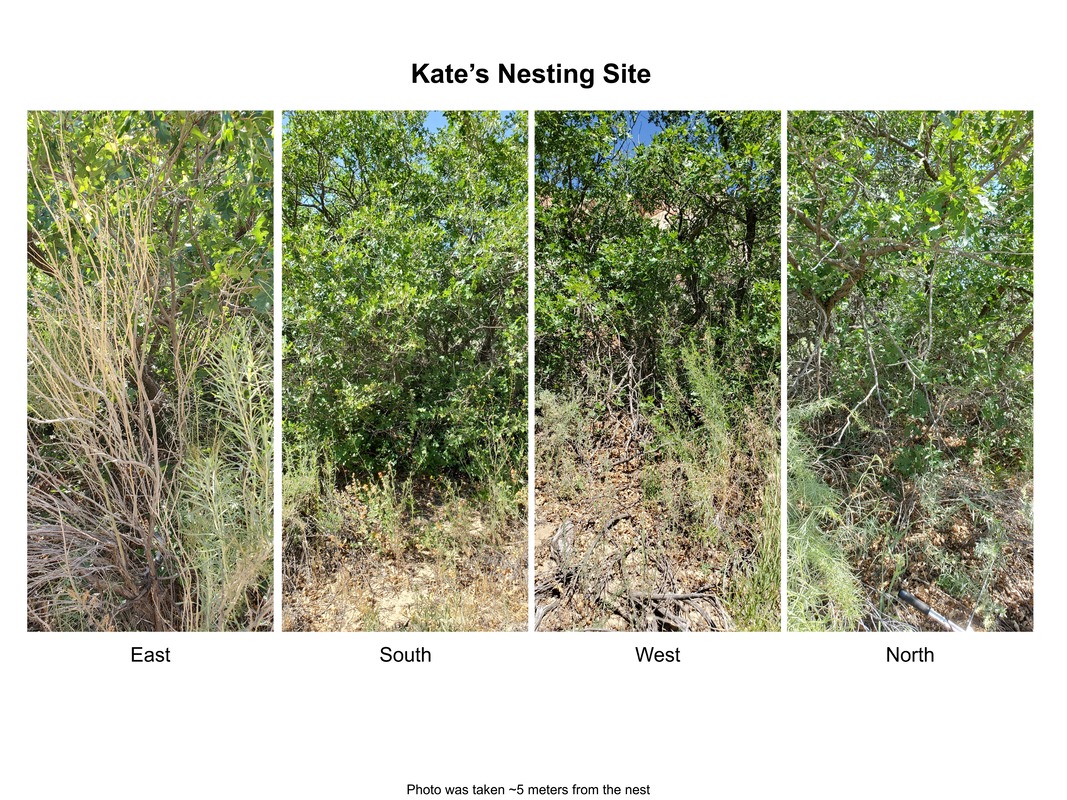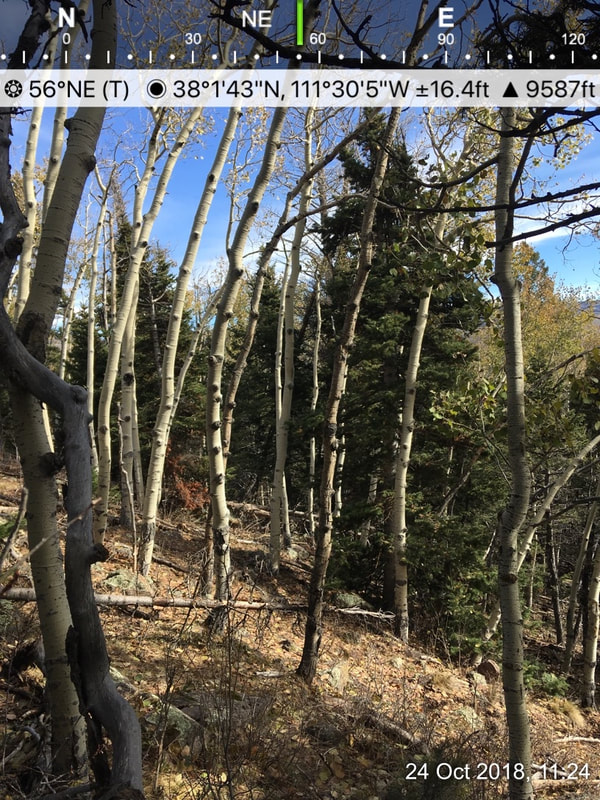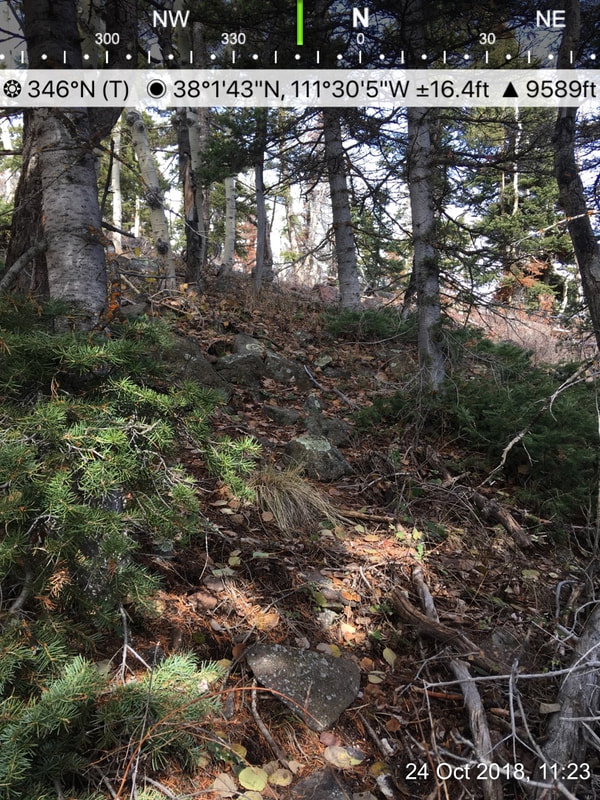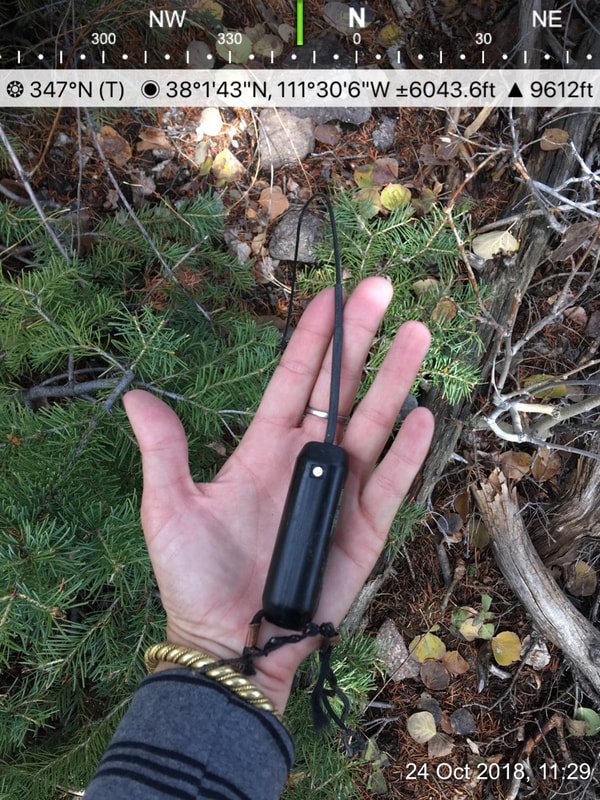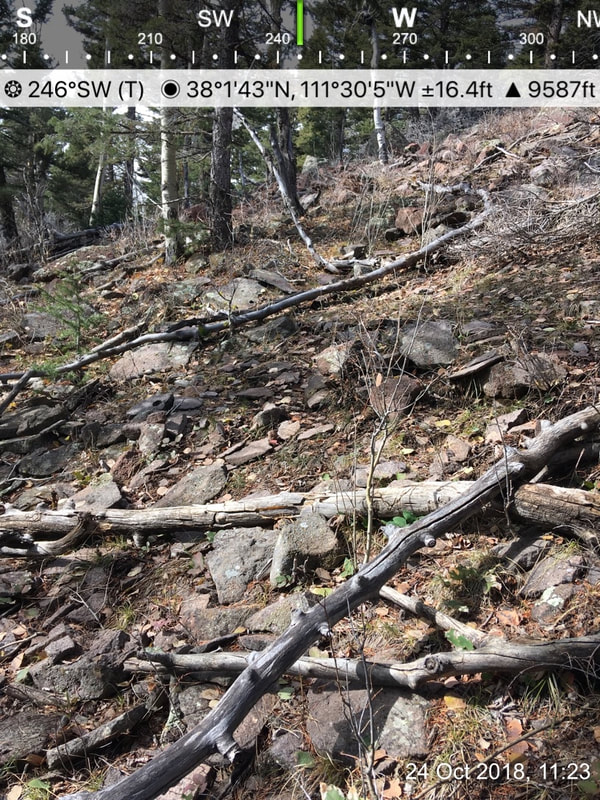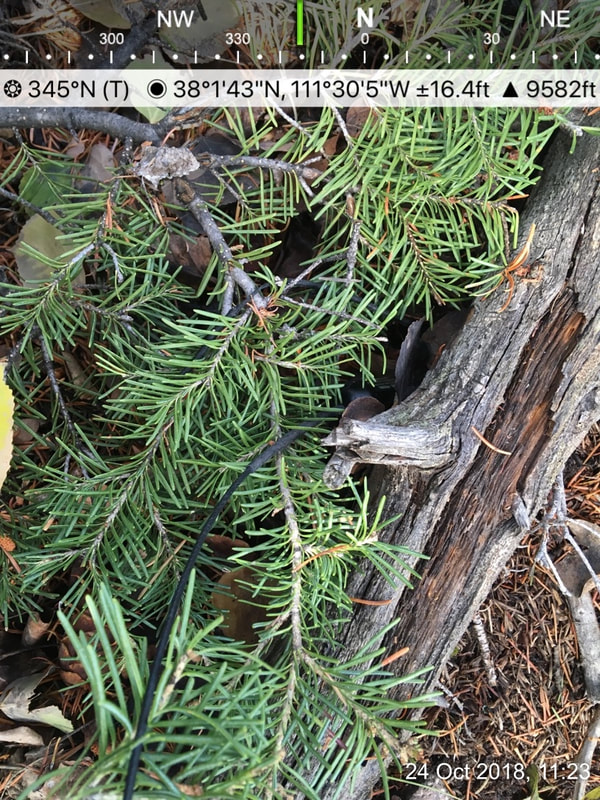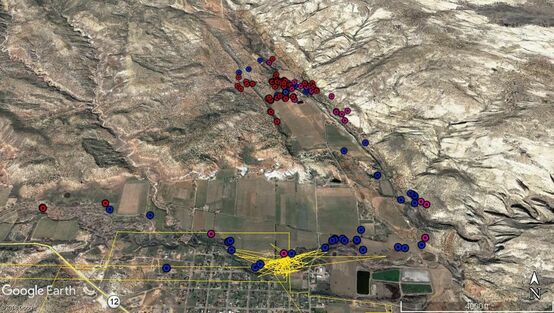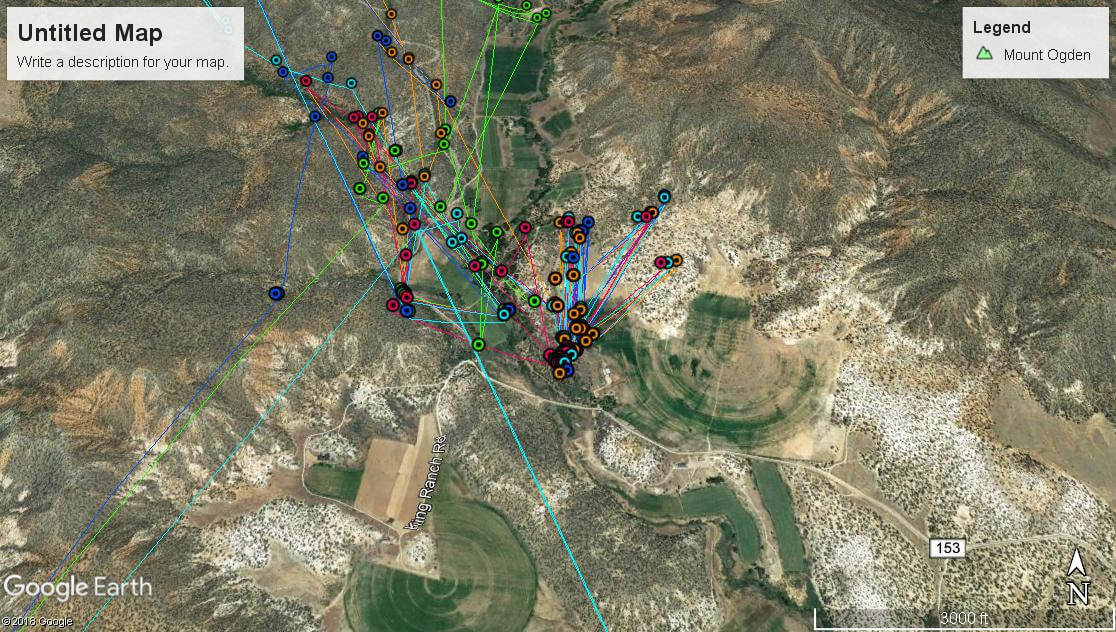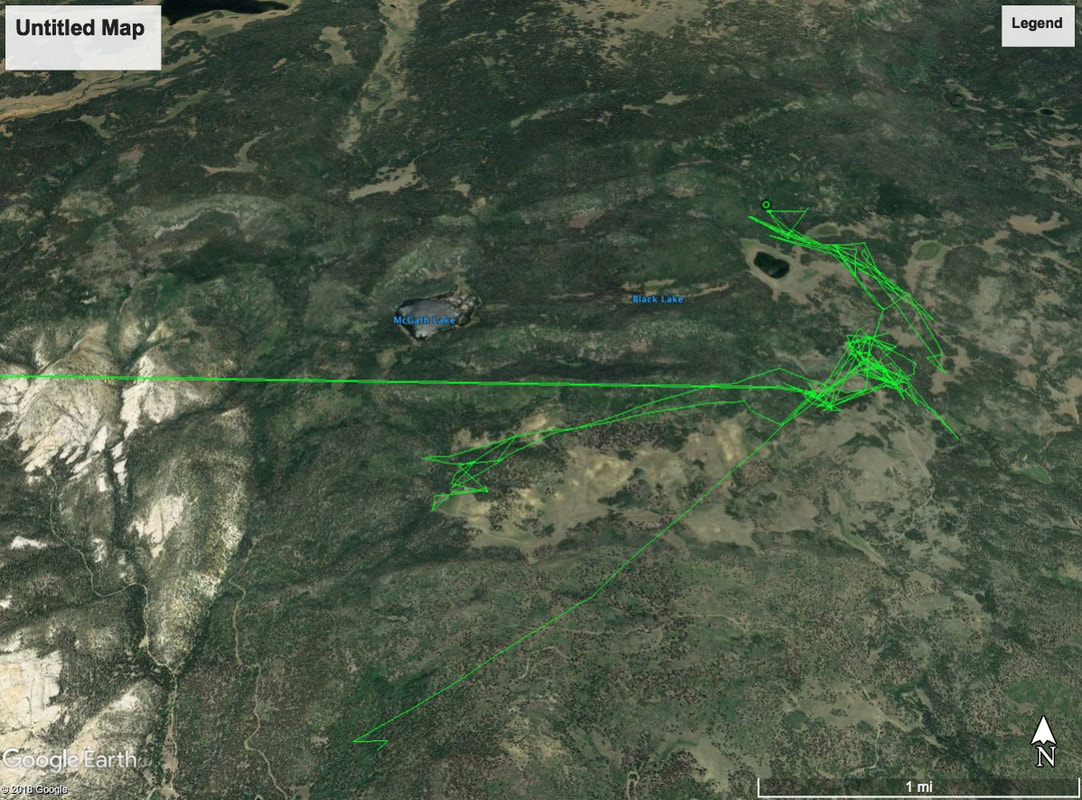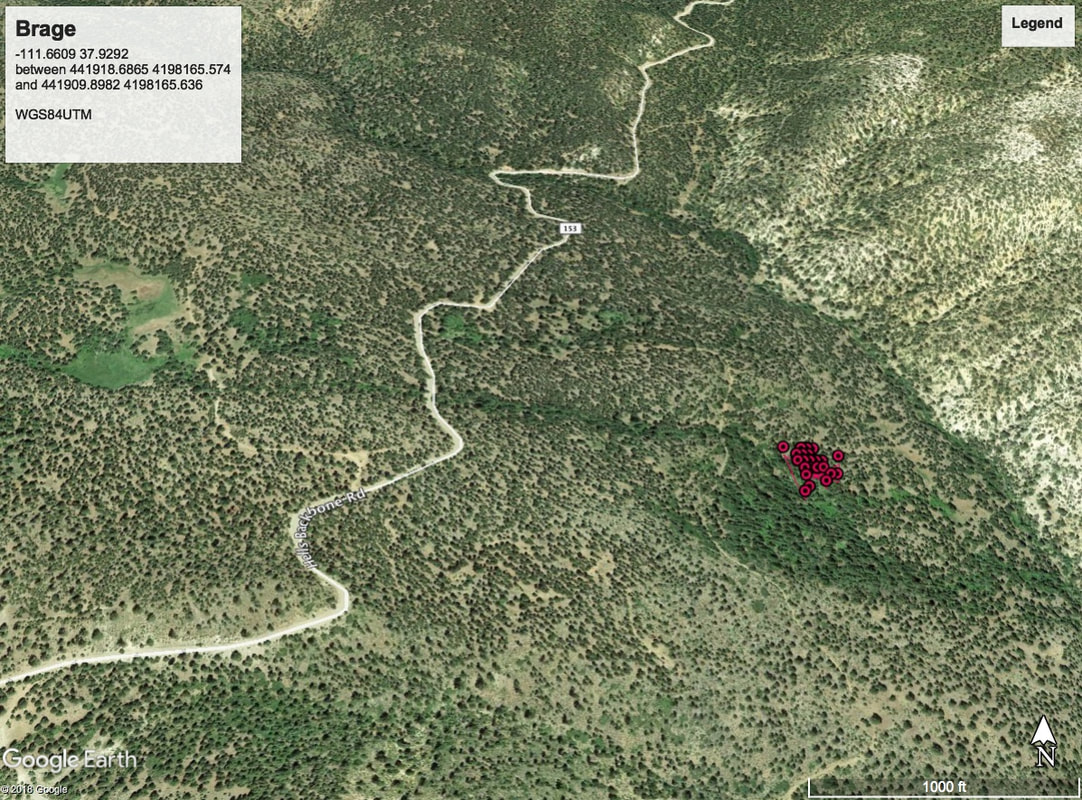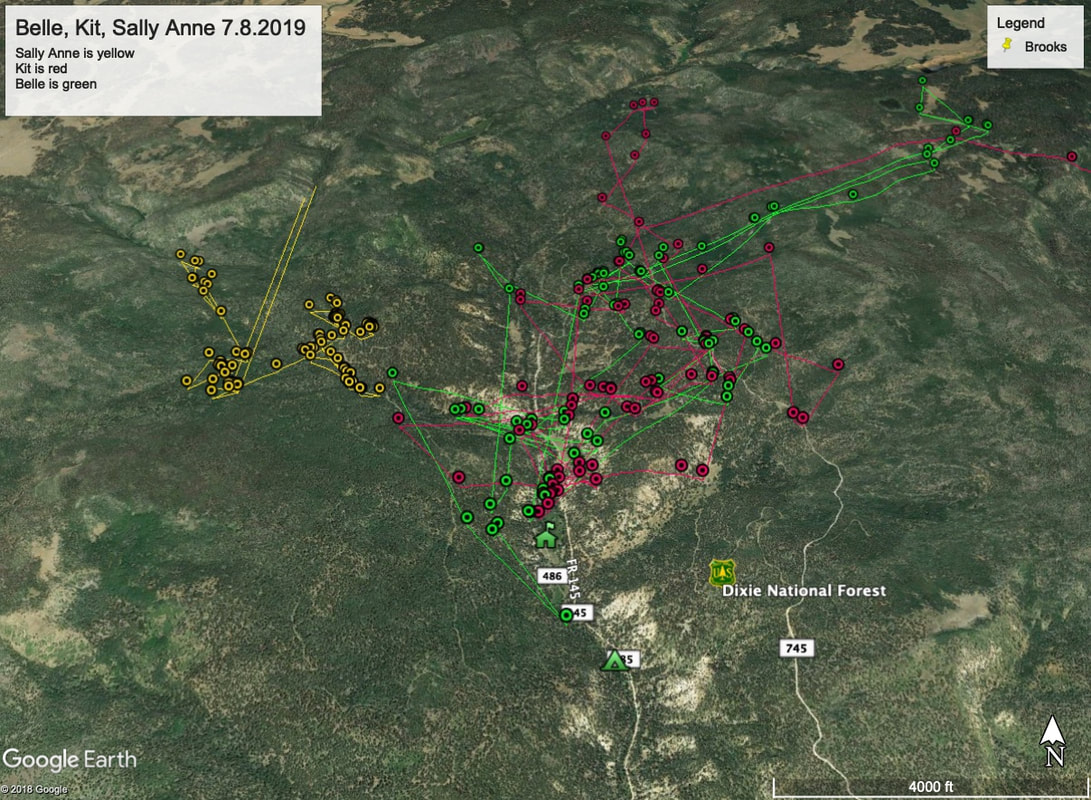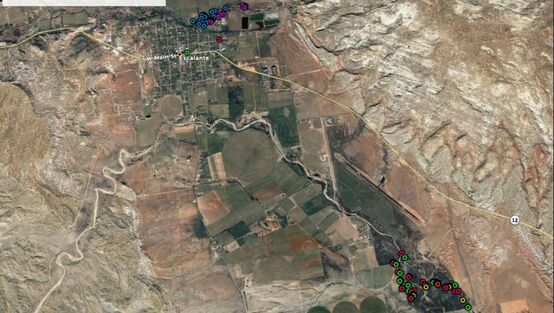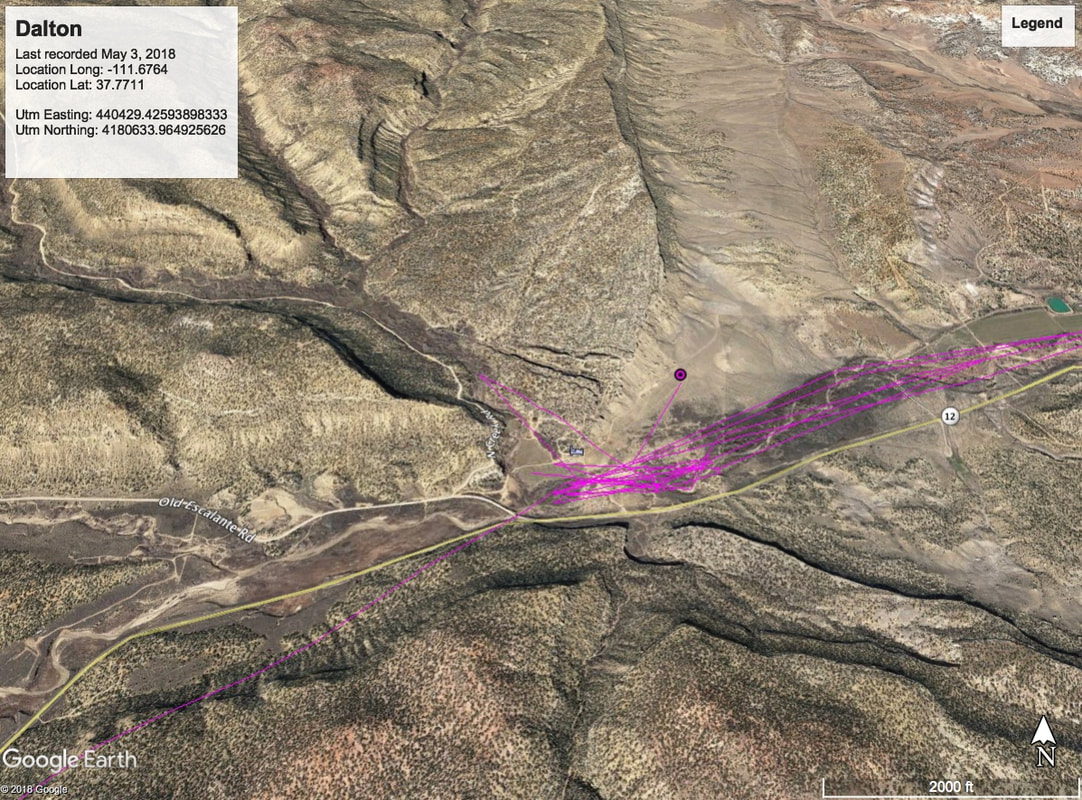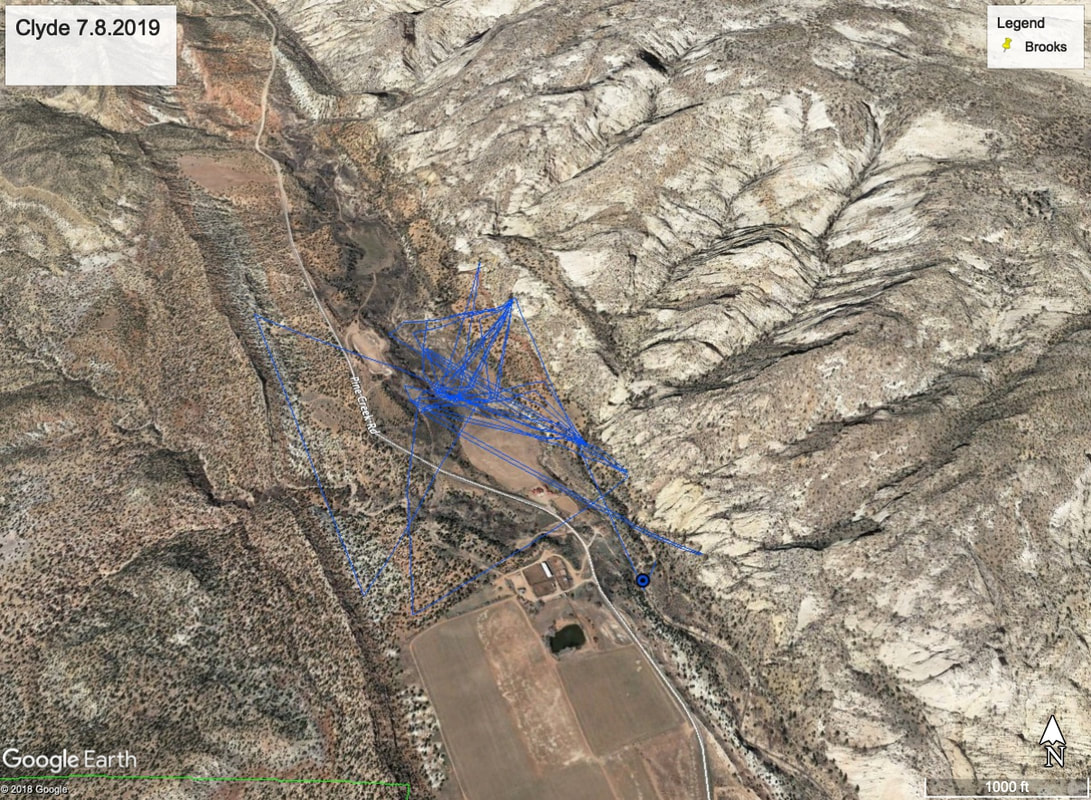ABOUT OUR STUDY
A challenge to wild turkey management is knowing how turkeys will adapt to habitat changes. Landowners have raised concerns that by removing the Russian olive we may create more agricultural depredation impacts because they will forage more in the hay and alfalfa fields without Russian olive. Also among biological professionals there is varying opinions on how these Russian olive removal and native habitat restoration projects will impact turkey behavior, movements, and populations. With an increase effort to restore native riparian habitats in recent years this research project will provide very valuable information to guide future turkey management and Russian olive removal projects in southwest desert riparian habitats. With help of the local Escalante community, we conducted research from 2018-2020 on wild turkeys. We attached VHF transmitters and GPS transmitters to males and females each spring, and tracked their movements. Additionally, we examined turkey nests after they hatched to determine which habitat they preferred, and specific habitat traits. Below, you'll find photos, videos, and maps created during our study. Lastly, you'll find a downloadable PDF copy of our research presentation, detailing our results.
TURKEY TRAPPING PHOTOS - WINTER 2019
WILD TURKEY RESEARCH VIDEOS
Videos taken by the team while placing transmitters on turkeys, releasing turkeys, and locating turkeys
|
Fastening a Transmitter to a Turkey
Female Turkey Release
|
Rio Grande WT Release
Turkey Release
|
SHARED MAPS AND DATA
Maps created through Movebank to locate turkeys, GIS maps created by the team, etc.
Your browser does not support viewing this document. Click here to download the document.
